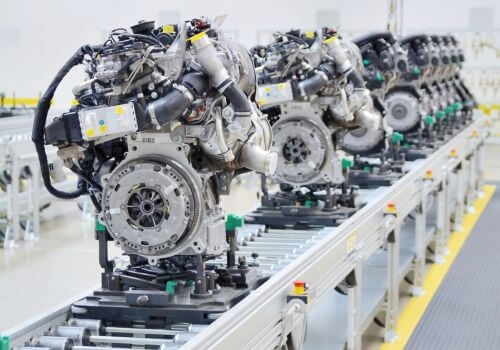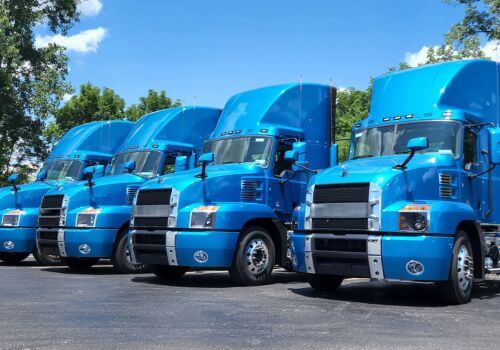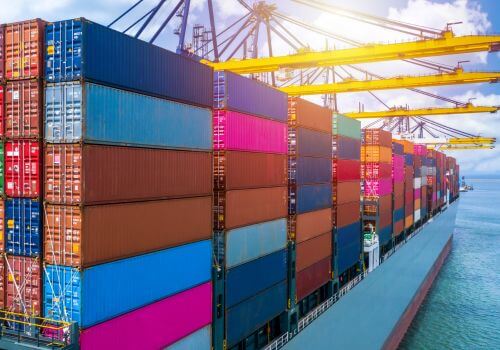As trucking continues to be the best way to transport goods in the USA, demand is beginning to rise once again for faster shipping. Because more trucks are likely to be on the road than ever, the American Trucking Associations President and CEO Chris Spear issued the following statement on the U.S. Environmental Protection Agency’s proposed Phase 3 Greenhouse Gas Emissions Standards for Heavy-Duty Engines and Vehicles rule:
“The trucking industry starts at ‘yes.’ We share the goal of reducing greenhouse gas emissions and improving fuel efficiency and believe any regulation must be practical, achievable, and based on sound science. Our members have a long history of adopting the cleanest emissions technology on the road today and are making the necessary investments to support a decarbonized future.”

Continued: “While these standards are directed at manufacturers, it is fleets – the customers and end-users of this equipment – who will ultimately determine their level of success. The Phase 3 standards must take into account the complex challenges and operating conditions facing motor carriers as we manage the transition to a zero-emissions future while simultaneously moving more than 72 percent of the economy’s freight.”
He further adds: “As we review the proposed rule, ATA will remain engaged in the regulatory process to ensure the agency arrives at a regulation that has realistic equipment adoption timelines, is technologically feasible, and will not cause additional inflationary pressures if finalized.”
We Are Hiring
$7,000 Sign On Bonus!!!
Spear also addressed the agency’s decision to reopen its Phase 2 regulation that was finalized in 2016, in which the advisory committee laid out 15 principles for the Phase 2 rule, all of which were met:
“We are extremely disappointed that EPA has chosen to reopen the Phase 2 regulation, which had been set for years. To make the plans and investments necessary for a successful transition, our industry needs regulatory certainty – not whimsical changes of mind from year to year.”
“Our industry has always found ways to partner with EPA on regulations that are tough but achievable. If EPA wants us to remain a willing participant, going back and changing what was already agreed upon is not how to do it.”
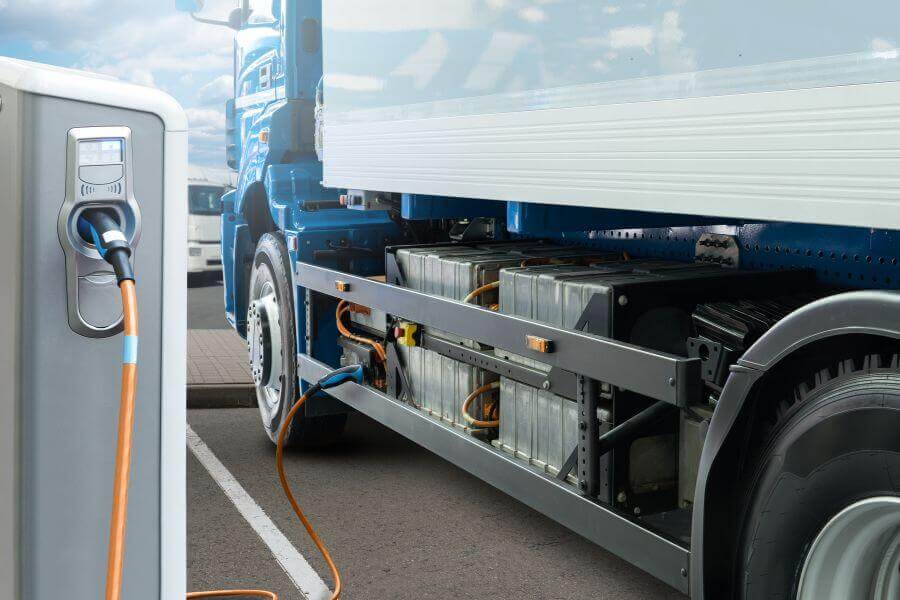
California Accelerates Green Transport With $122.9 Million Federal Grant for Zero-Emission Infrastructure
California has secured a substantial $122.9 million grant from the U.S. Department of Transportation to enhance its zero-emission vehicle infrastructure, significantly bolstering the state’s capacity
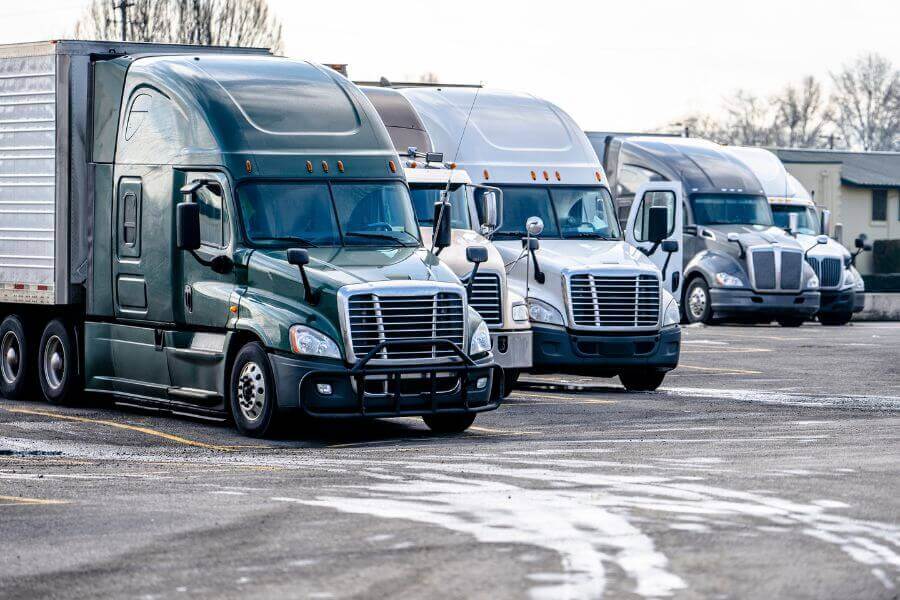
Trucking Activity Dips, Reflecting Ongoing Freight Market Volatility
Trucking activity experienced a decline in November following a rise in October, indicating ongoing volatility in the freight sector, according to the American Trucking Associations

Trucking Industry Edges Toward Balance as Supply-Demand Dynamics Shift
The trucking industry is showing signs of stabilizing as the imbalance between freight demand and capacity begins to normalize, according to industry analysts. The COVID-19


